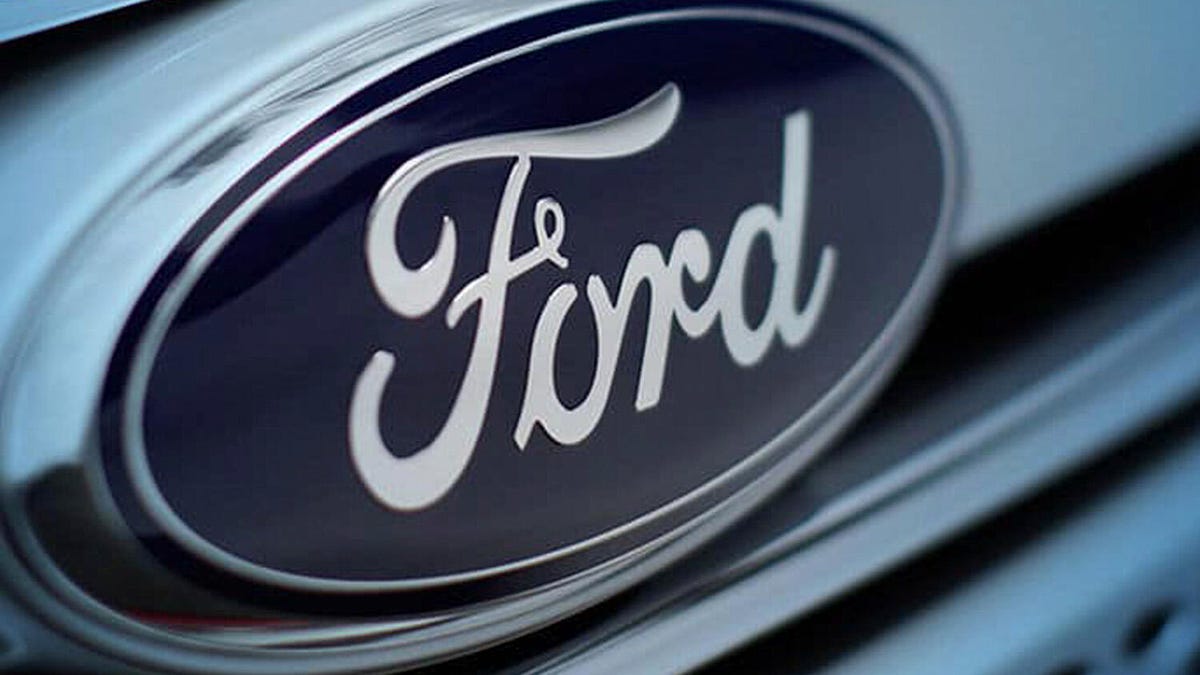Ford will recall 3 million cars for Takata airbag dangers
The move follows NHTSA ordering Ford to conduct the safety recall.
The National Highway Traffic Safety Administration on Wednesday rejected a petition from Ford , forcing the automaker to recall 3 million vehicles with Takata airbag inflators, which Ford agreed to on Friday. Ford previously argued, much like General Motors , that the particular inflators did not pose the same risk as millions of other inflators involved in so many other recalls.
NHTSA said it reviewed information Ford submitted and concluded the particular Takata inflators do show signs of "propellant degradation and potential future rupture risk." Takata airbag inflators, as has been well documented over the last several years, deteriorate under heat and humidity. When the airbag deploys, the inflators may explode and spew shrapnel at passengers. The defect is responsible for 27 deaths worldwide and many more injuries. Takata has filed for bankruptcy and been absorbed by a Chinese supplier.
Ford told Roadshow in a statement, "Safety is always a top priority. Unlike other Takata passenger-side airbag parts previously under recall, these driver-side airbags contain a moisture-absorbing desiccant and perform differently. We believe our extensive data demonstrated that a safety recall was not warranted for the driver-side airbag. However, we respect NHTSA's decision and will issue a recall."
The specific vehicles that will be included in the recall come from the 2006-2012 model years, specifically, the Ford Ranger, Fusion, Lincoln Zephyr/MKZ, MKX and the Mercury Milan . Ford has 30 days to submit its plans to NHTSA to conduct the recall.
NHTSA urged owners who receive a notice from Ford in the near future to perform the free repair as soon as possible to limit the risk of the faulty inflators.


